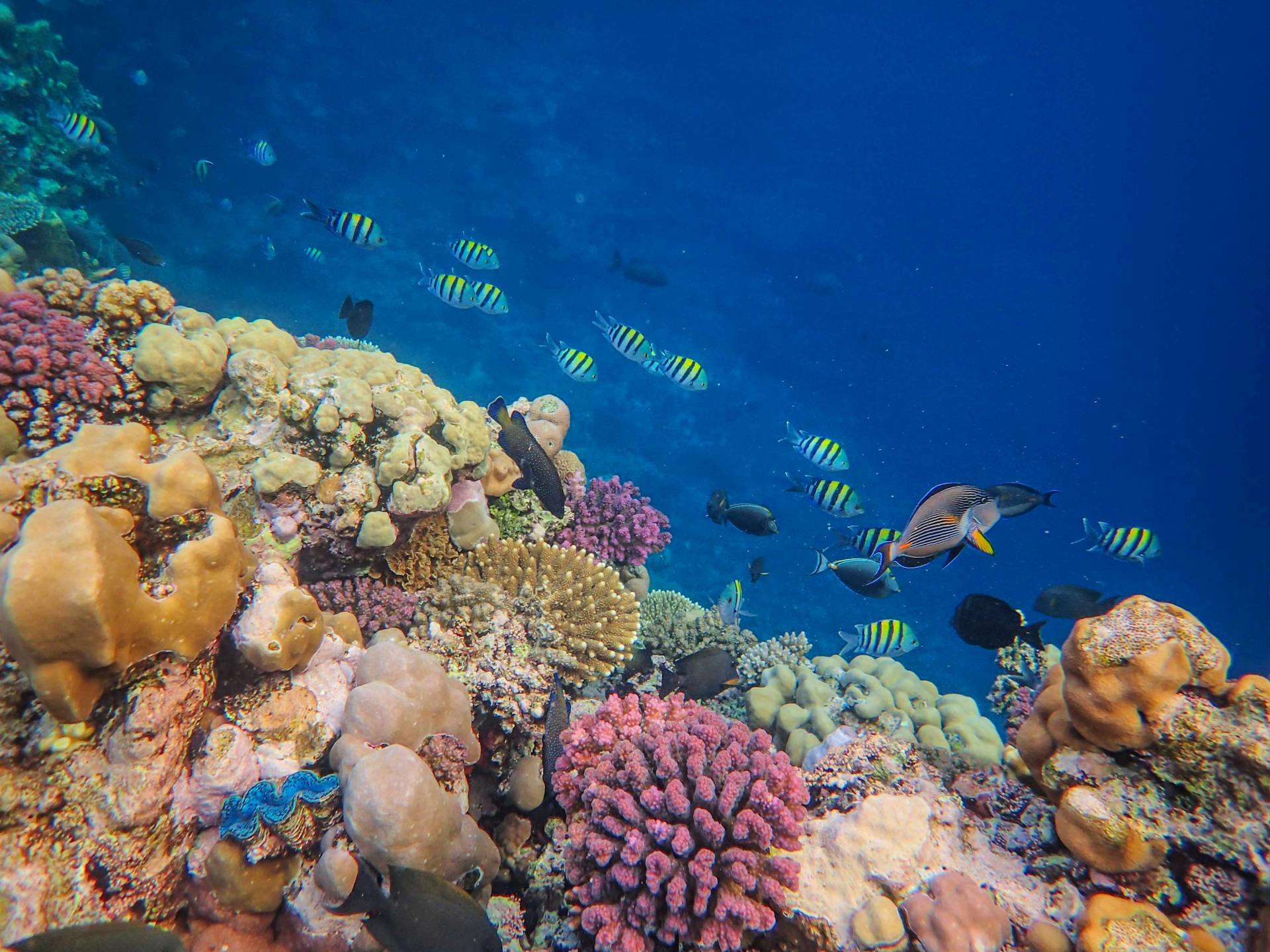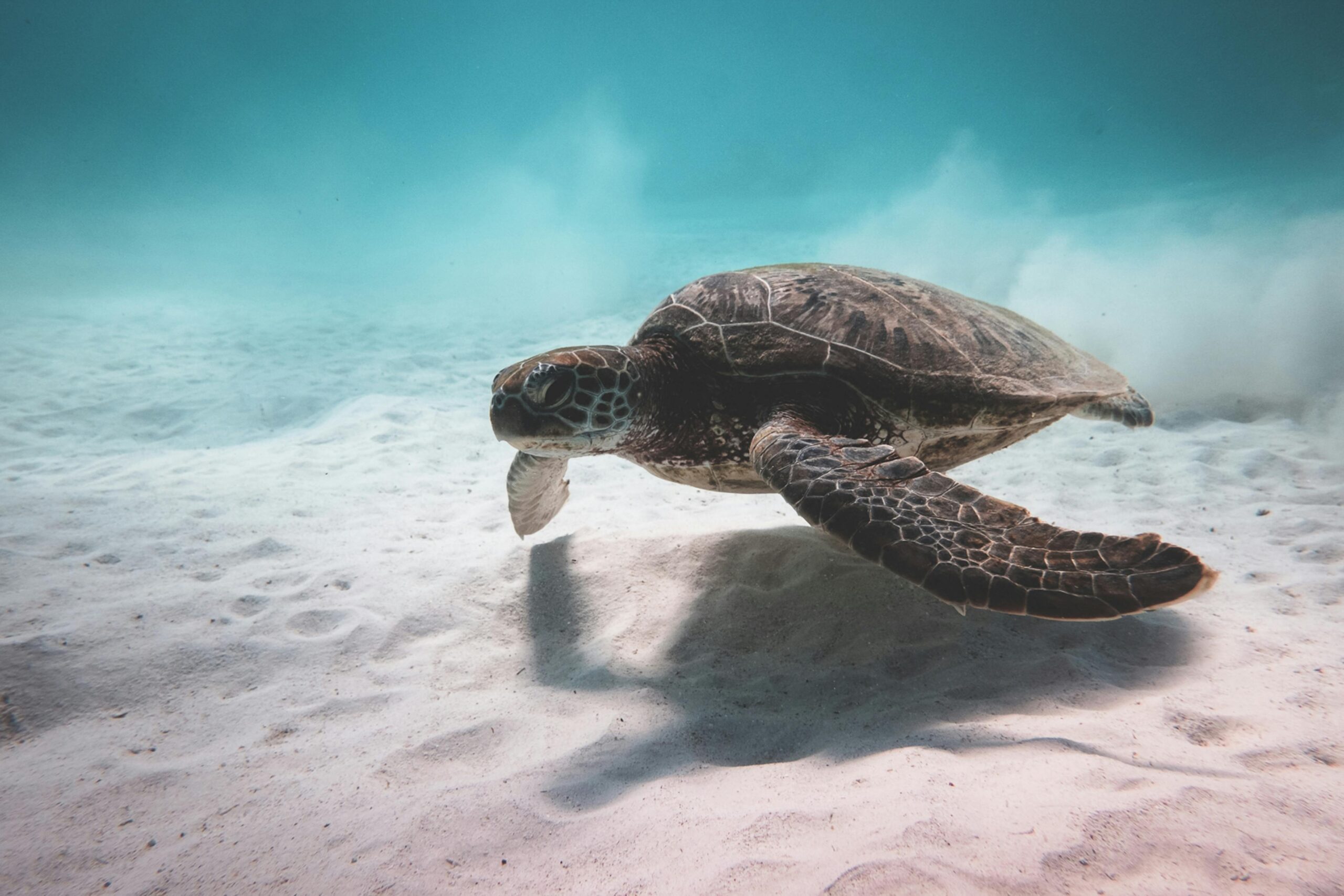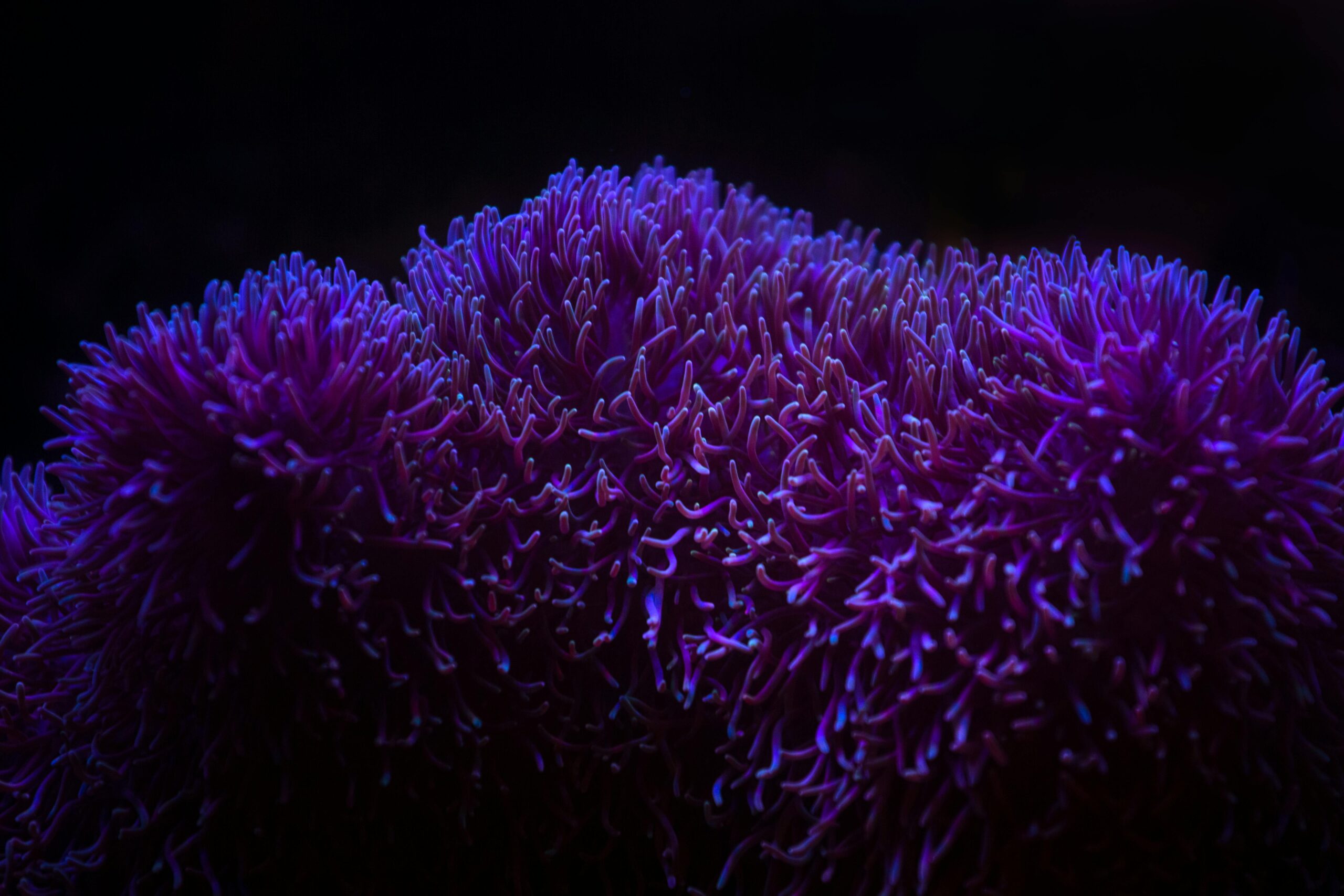Imagine a vibrant underwater world filled with colorful corals, teeming with diverse marine life, only to find it transformed into a ghostly landscape of bleached white structures. This alarming phenomenon is known as coral bleaching, and it poses a grave threat to our oceans.
Coral bleaching occurs when corals, stressed by rising sea temperatures and other environmental factors, expel the algae living in their tissues, leading to a loss of color and vital nutrients. Coral reefs, often referred to as the “rainforests of the sea,” play a crucial role in marine ecosystems. They provide habitat for countless marine species, protect coastlines from erosion, and support local economies through tourism and fishing. However, these vibrant ecosystems are in peril, with coral bleaching becoming increasingly frequent due to climate change and human activities. This article aims to shed light on the causes and consequences of coral bleaching, the importance of coral reefs, and the steps we can take to protect these invaluable ecosystems for future generations.
Understanding Coral Bleaching
Coral bleaching is a phenomenon where corals lose their vibrant colors, turning white or pale due to stress conditions, primarily caused by environmental changes. This process occurs when corals expel the symbiotic algae, known as zooxanthellae, living within their tissues. These algae provide corals with essential nutrients and are responsible for their beautiful colors. When stressed by factors such as rising sea temperatures, pollution, or other environmental stressors, corals become unable to sustain these vital partnerships, leading to bleaching.
The primary causes of coral bleaching are multifaceted. One of the most significant contributors is rising sea temperatures. As global temperatures increase due to climate change, ocean waters warm, pushing corals beyond their thermal tolerance levels. Ocean acidification, resulting from elevated carbon dioxide levels, decreases the water’s pH, making it more challenging for corals to build their calcium carbonate structures. Additionally, pollution and runoff from coastal development introduce harmful substances and sediments into the water, further stressing coral ecosystems. Overexposure to sunlight, particularly during warm, clear days, can also lead to bleaching by intensifying the stress on corals that are already vulnerable.
Zooxanthellae play a crucial role in coral health. These tiny, photosynthetic organisms provide corals with nutrients through photosynthesis, significantly contributing to their energy needs. In return, corals offer a protected environment and the compounds necessary for the algae’s survival. The delicate balance between corals and their zooxanthellae is vital; when this relationship is disrupted, the corals become more susceptible to disease, bleaching, and eventual death.
Signs and Symptoms of Coral Bleaching
The signs of coral bleaching can be startlingly apparent. One of the most visual indicators is the drastic change in color—healthy corals are often bright and colorful, while bleached corals turn pale or white. This loss of color is usually accompanied by a loss of health, as bleached corals become weak and less able to recover from stressors. In some cases, bleached corals may develop a slimy appearance or exhibit signs of disease, making them more susceptible to further harm.
The impact of coral bleaching extends beyond the corals themselves, affecting the myriad of marine life that relies on healthy reefs for shelter and sustenance. Fish, invertebrates, and other organisms depend on coral reefs for their habitat. When corals are bleached and subsequently die, the biodiversity supported by these ecosystems declines, leading to a ripple effect that disrupts the balance of marine life.
The Consequences of Coral Bleaching
The ecological consequences of coral bleaching are profound. The loss of biodiversity is one of the most alarming outcomes, as many marine species rely on coral reefs for habitat and food. When reefs degrade, the populations of fish and other marine organisms decline, leading to a disruption in marine food webs. This loss can have far-reaching effects on the entire marine ecosystem, altering predator-prey relationships and diminishing overall biodiversity.
The economic impact of coral bleaching is equally significant. Coral reefs are vital for tourism, drawing millions of visitors each year who come to experience their beauty and marine life. A decline in coral health can lead to reduced tourism revenues for local communities dependent on reef-based activities. Additionally, the decline in fish populations due to habitat loss can impact local fisheries, threatening food security and livelihoods for those who rely on fishing as their primary source of income.
Coral reefs also hold cultural significance for many coastal communities, often serving as a source of identity, tradition, and spirituality. The degradation of these ecosystems can erode cultural ties and impact local ways of life, as communities may lose their connection to the sea and its resources.
Prevention and Mitigation Strategies
Addressing coral bleaching requires concerted efforts at various levels. One of the most effective strategies is reducing carbon emissions to mitigate climate change. Transitioning to renewable energy sources, improving energy efficiency, and promoting sustainable transportation can significantly decrease the carbon footprint that contributes to rising ocean temperatures.
Sustainable fishing practices are also crucial in preventing further stress on coral ecosystems. By implementing regulations that protect fish populations and prevent overfishing, we can help maintain healthy marine environments. Establishing marine protected areas is another effective strategy; these zones can shield corals from destructive activities, allowing ecosystems to recover and thrive.
Community engagement and education play a vital role in coral reef conservation. Raising awareness about the importance of reefs and the threats they face can empower individuals and communities to take action. Initiatives that promote eco-friendly practices, such as reducing plastic use and managing coastal development responsibly, can also help protect these valuable ecosystems.
Ongoing Research and Conservation Efforts
Ongoing research and innovative restoration techniques are essential in combating coral bleaching. Scientists are exploring various methods, such as breeding heat-resistant coral strains and developing new restoration technologies, to enhance coral resilience against environmental stressors. Understanding the complex interactions between corals, their symbiotic algae, and their environment is crucial for developing effective conservation strategies.
The importance of scientific research cannot be overstated; it provides the necessary knowledge to inform conservation efforts and policy decisions. Success stories in coral recovery, such as the restoration of damaged reefs through community involvement and scientific intervention, demonstrate that it is possible to reverse some of the damage caused by bleaching. These initiatives not only restore coral health but also rebuild local economies and ecosystems.
What Individuals Can Do
Individuals can play a pivotal role in coral conservation through simple yet impactful actions. For beachgoers, adopting eco-friendly practices—such as using reef-safe sunscreen, avoiding contact with corals, and properly disposing of waste—can significantly reduce human impact on these delicate ecosystems. Supporting conservation organizations and participating in local reef restoration projects can also make a difference.
Raising awareness about coral health within communities can inspire collective action. Sharing information about the importance of coral reefs and the threats they face encourages more people to take steps toward their protection. Every effort counts in the fight against coral bleaching and the preservation of these invaluable ecosystems.
Conclusion
Coral bleaching is a pressing issue that threatens the health of our oceans and the communities that depend on them. By understanding its causes, consequences, and the importance of coral reefs, we can take meaningful steps toward their conservation. Reducing carbon emissions, adopting sustainable practices, and supporting ongoing research are essential for protecting these vital ecosystems. It is up to all of us to take action—whether through individual efforts or collective initiatives—to ensure that future generations can enjoy the beauty and biodiversity of coral reefs. Let us work together to safeguard these underwater treasures for years to come.
Frequently Asked Questions
1. What is coral bleaching?
Coral bleaching is a process where corals lose their vibrant colors and turn white due to stress conditions, primarily the expulsion of zooxanthellae, the symbiotic algae that live within their tissues. This occurs mainly in response to rising sea temperatures, pollution, and other environmental factors.
2. What causes coral bleaching?
The main causes of coral bleaching include rising sea temperatures, ocean acidification, pollution and runoff from coastal areas, and overexposure to sunlight. These stressors disrupt the relationship between corals and their symbiotic algae, leading to bleaching.
3. How can I identify bleached corals?
Bleached corals often appear pale or white instead of their usual vibrant colors. Other signs include a slimy appearance, changes in coral health, and increased susceptibility to disease. Healthy corals are typically colorful and provide a habitat for diverse marine life.
4. What are the ecological impacts of coral bleaching?
Coral bleaching leads to significant ecological consequences, including loss of biodiversity, disruption of marine food webs, and decreased habitat for numerous marine species. This can result in declines in fish populations and overall marine health.
5. How does coral bleaching affect local economies?
Coral bleaching negatively impacts local economies by reducing tourism revenues, as healthy coral reefs attract visitors for activities like snorkeling and diving. Additionally, the decline in fish populations due to habitat loss can threaten the livelihoods of those dependent on fishing.
6. What can be done to prevent coral bleaching?
Preventive measures include reducing carbon emissions, adopting sustainable fishing practices, establishing marine protected areas, and engaging in community education about coral health. Individual actions, such as using reef-safe products and reducing plastic waste, can also help protect coral reefs.
7. Are there successful restoration efforts for coral reefs?
Yes, ongoing research has led to innovative restoration techniques, such as breeding heat-resistant coral strains and employing scientific interventions to rehabilitate damaged reefs. Successful recovery initiatives often involve community engagement and collaboration with conservation organizations.
8. How can individuals contribute to coral conservation?
Individuals can contribute by practicing eco-friendly habits while visiting marine areas, supporting conservation organizations, participating in local restoration projects, and raising awareness about the importance of coral reefs and the threats they face.


